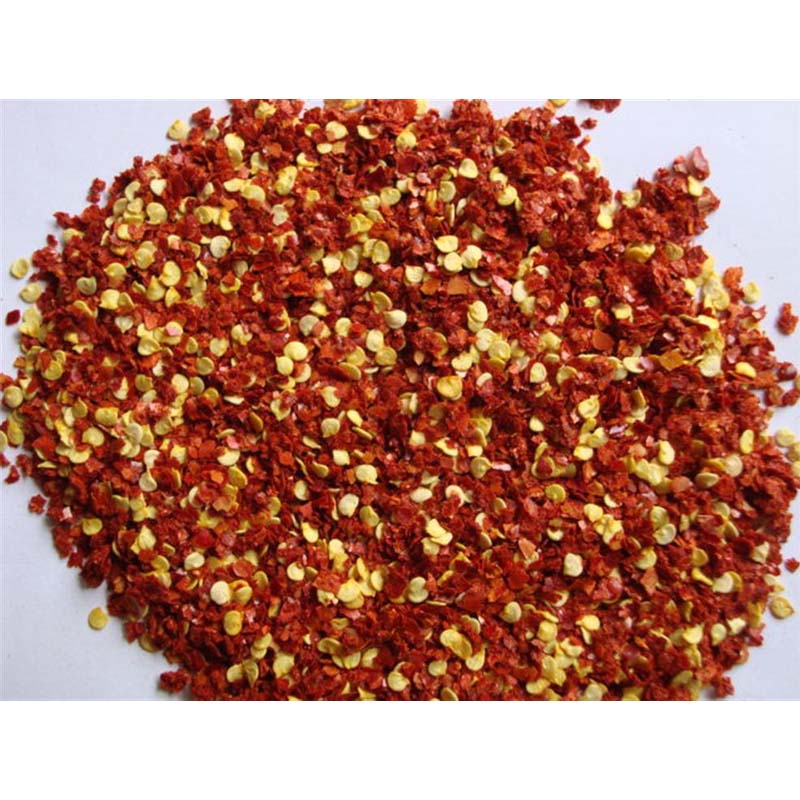- No. 268 Xianghe Street, Economic Development Zone of Xingtai city, Hebei 054001 China
- Byron@hbhongri.cn
dried hot chiles
The Fiery World of Dried Hot Chiles
Dried hot chiles are much more than just a seasoning; they are an essential component of global cuisine, reverberating in dishes across continents. Their unique flavor profiles, ranging from earthy and smoky to fruity and tangy, elevate the culinary experience, making them a beloved ingredient among chefs and home cooks alike. This article explores the significance, culinary applications, and some popular varieties of dried hot chiles.
The origins of dried hot chiles can be traced back thousands of years, primarily in the Americas. Indigenous peoples utilized chiles not only for their intense heat but also for their preservative properties. The process of drying chiles extends their shelf life, allowing these vibrant peppers to be stored for months or even years. Different regions have developed their distinct methods of drying, whether by sun-drying or smoking, each imparting unique flavors to the chiles.
One of the most fascinating aspects of dried hot chiles is their diverse range of flavors. For instance, the Chipotle, which is a smoked jalapeño, carries a deep, smoky essence that transforms dishes such as salsas and marinades. On the other hand, the Ancho, dried poblano, provides a sweet, fruity richness with hints of chocolate, making it a perfect addition to sauces like mole. The Guajillo, known for its tangy, berry-like flavor, is another staple in Mexican cuisine, often used in adobo sauces and enchiladas.
dried hot chiles

Incorporating dried hot chiles into your cooking can truly enhance your culinary repertoire. They can be rehydrated in hot water to create a paste or puree, allowing their vibrant flavors to meld seamlessly into sauces, soups, and stews. Furthermore, they can be ground into a powder for seasoning meats, vegetables, or even popcorn, adding complexity to the dish. The versatility of dried chiles can inspire creativity in the kitchen, enabling cooks to experiment with flavors and heat levels.
It's essential to note that the heat of dried chiles can vary significantly. The Scoville scale measures the heat of peppers, and dried varieties can range from mild to exceptionally spicy. When experimenting with chiles, it’s wise to start with smaller quantities and gradually increase as desired. This practice not only helps in controlling the heat but also allows the cook to appreciate the intricate flavors that each type of dried chili offers.
Besides their culinary uses, dried hot chiles boast a host of health benefits. They are rich in vitamins A and C, contain antioxidants, and may even boost metabolism. Capsaicin, the compound responsible for the heat in chiles, has been linked to various health benefits, including pain relief and improved heart health. Incorporating moderate amounts of hot chiles into your diet can contribute to both flavor and wellness.
In conclusion, dried hot chiles are a culinary treasure that enriches a wide array of dishes, infusing them with heat and flavor. From traditional recipes to modern interpretations, these peppers offer endless opportunities for creativity in the kitchen. Exploring different varieties and understanding how to use them can elevate your cooking experience, making meals not just nourishing but also exciting. Whether you prefer a mild hint of spice or a fiery kick, there's a dried hot chile out there waiting to discover the perfect balance for your palate. So, next time you’re in the kitchen, consider reaching for a bag of dried chiles and ignite your culinary adventure!
-
Turmeric Rhizome Powder: A Golden Treasure from Roots to TableNewsJul.28,2025
-
The Versatile Application Of Crushed Red Hot Peppers: Lighting Up The Red Flames On The Dining TableNewsJul.28,2025
-
The Paprika: A Touch Of Vibrant Red In Color, Flavor, And CultureNewsJul.28,2025
-
Ground Turmeric: A Modern Examination of an Ancient SpiceNewsJul.28,2025
-
Capsicum Liquid Extract: Features, Applications, and ChallengesNewsJul.28,2025
-
Application of Capsicum Liquid Extract in FoodNewsJul.28,2025







